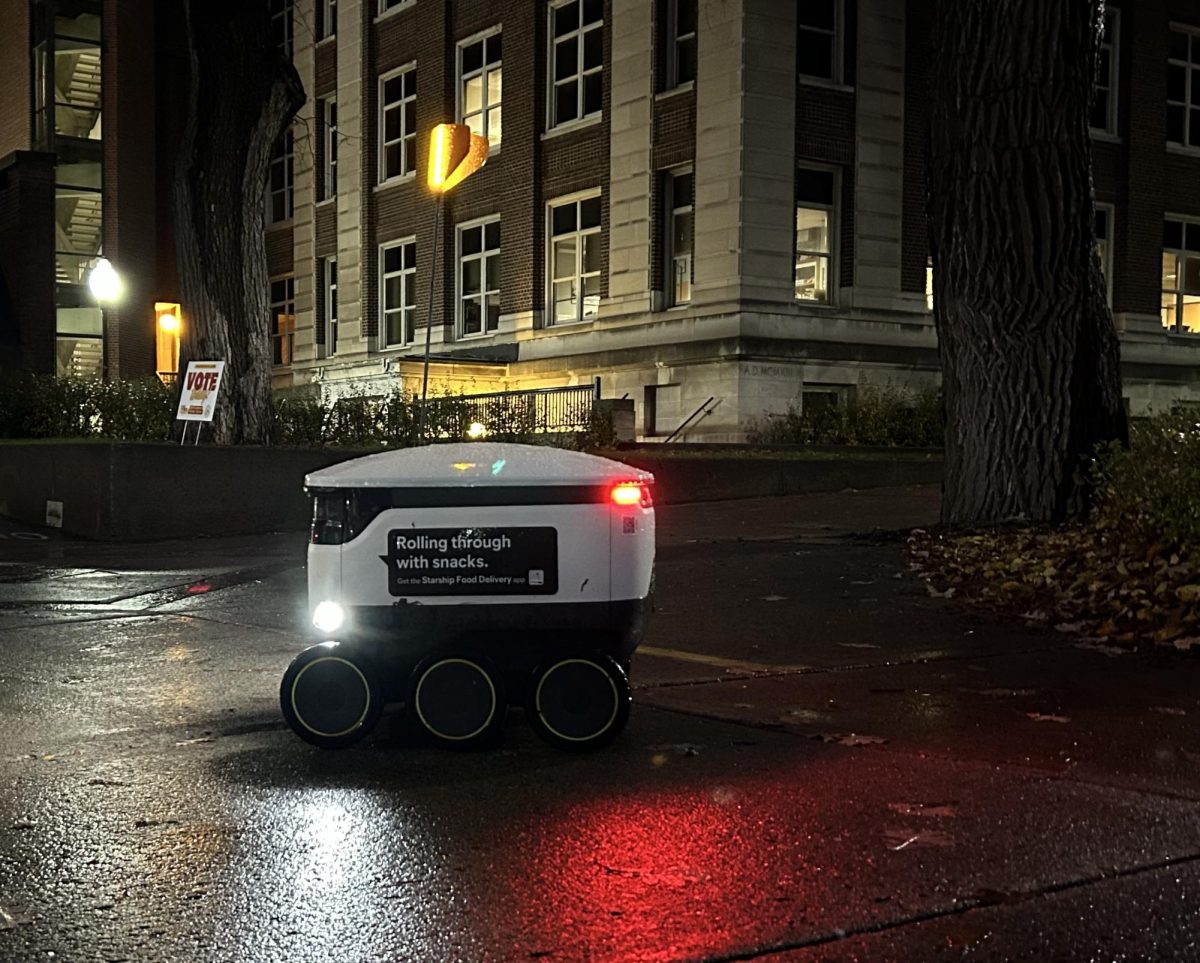As a result of efforts to be less wasteful, the University of Minnesota has decreased the amount of garbage generated on campus annually by about 1,000 tons over the past decade.
In fiscal year 2019, the University’s Waste Recovery Services collected around 4,600 tons of trash on the Twin Cities campus. A decade ago, that number was around 5,700 tons, according to data obtained by the Minnesota Daily.
This trash decrease equals the weight of approximately 500 U.S. cars.
The University’s Waste Recovery Services attributes this change to several factors, including the implementation of organics collection, an increase in efforts around recycling and overall efforts to generate less waste, according to Todd Tanner, the University’s zero waste program manager.
A changing market
It is not just the University’s efforts that have contributed to the decrease in trash generated on campus. The way many common products are produced has also changed.
Take a plastic water bottle, for example. The bottles today are made with less plastic and are much lighter and more flimsy than they were a decade ago, Tanner said. He attributes this to it being cheaper to produce. With items like plastic water bottles weighing less, the overall weight of trash collected goes down.
But aren’t these bottles recyclable? Yes, Tanner said, but recyclables are still ending up in the trash stream.
So all this talk about trash, where does it go?
Trash collected on campus is sent to the Hennepin Energy Recovery Center (HERC), where it is burned and used to generate heat and electricity.
Sending 4,600 tons of trash to this facility annually is not cheap. The University paid around $339,000 for that trash in fiscal year 2019.
The HERC facility, located near Target Field, collects around half the trash generated in Hennepin County. The other half goes to landfills.
Burning trash in downtown Minneapolis seems like something more people would notice, but the facility has pollution control equipment in place that keeps most emissions from polluting the air and making downtown smell like burning trash.
The garbage burned at the facility is used to create electricity and steam. The electricity is sent to Xcel Energy and the steam heats Target Field and around 100 buildings downtown.
Campus efforts
Although some recyclable material ends up in the trash, the University’s recycling program has been working to educate the community and take steps to get more items out of the trash.
One effort is the implementation of organics collection bins around campus. This keeps a sizable amount of food waste from winding up in the trash stream.
Despite efforts by the University and the City of Minneapolis to increase organics recycling, this kind of material is still a significant part of the county’s trash stream.
Randy Kiser, administrative manager for HERC, said about one-third of the material in a 2017 audit of the HERC’s trash was organics, such as food waste.
“If we could get more organics out of here, we’d be happy,” Kiser said. “Things like potatoes and apples don’t burn really well.”
On campus, Tanner said the rate of recycling and organics collection is improving. Efforts from the University’s recycling program and student groups such as the Minnesota Student Association have helped educate people at the University about how to decrease waste.
Megan Connor, MSA’s sustainability committee chair, said they are developing educational programs on how to use organics on campus and are exploring other resources to help increase how much material is composted.
Currently about two-thirds of the waste on campus ends up in the trash. The goal is for that to be reduced to half, Tanner said.
Megan Connor is a former Minnesota Daily employee.
Correction: A previous version of this story misstated Todd Tanner’s title and misrepresented why plastic bottles are lighter today.








